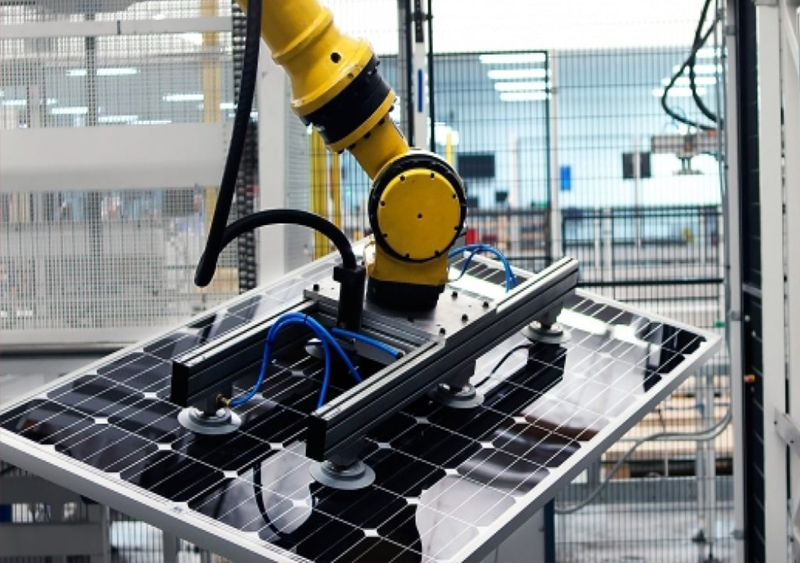NASA's Robotic Assembly of Photovoltaic Arrays Webinar
NASA researchers have developed a novel process for assembling thin-film solar cells into larger solar arrays. Current methods for solar array manufacturing depend on time-consuming, manual assembly of solar cells into multi-cell arrays. Print-assisted photovoltaic assembly (PAPA) is an assembly process that leverages robotic automation to build fully functional flexible thin-film solar arrays. By increasing manufacturing efficiency, no-touch technology can reduce labor costs, decrease time-to-market, and enable assembly of large-scale solar arrays of over 500kW. This increased efficiency can help meet growing demand for large solar arrays in residential and satellite applications. Compatible with all currently available thin-film and 3D-printed solar cell materials, PAPA is capable of integrating with current and future solar cell technologies. NASA is seeking licensees that may benefit from low-cost, automated assembly of large-scale solar arrays.
For more information on the technology, please click here.
During the webinar, you will learn about this new technology as well as how NASA’s technologies and capabilities are available to industry and other organizations through NASA’s Technology Transfer Program.




